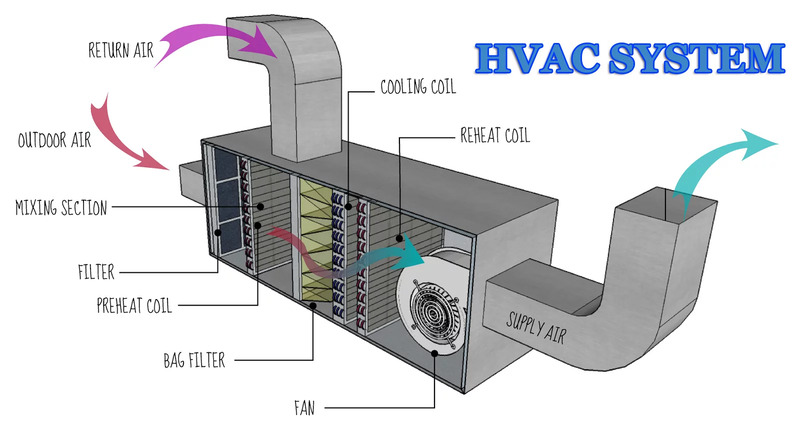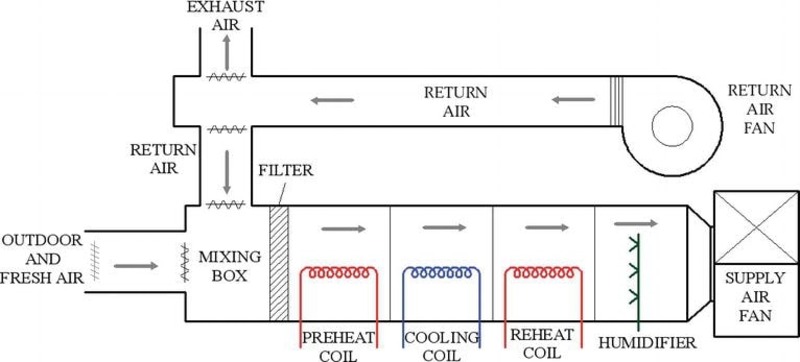Whether it’s staying warm during chilly winters or keeping cool in the scorching summer heat, HVAC systems are the unsung heroes of modern living. But how do these systems work, and what makes them so essential? Let’s dive into the world of HVAC heating and cooling to find out.
What Is an HVAC System?

An HVAC system is a comprehensive solution designed to regulate indoor climate and air quality in homes, offices, and vehicles. Its primary purpose is to provide comfort by controlling temperature, airflow, and humidity levels.
The system is made up of three main components: heating, ventilation, and air conditioning. Each component plays a vital role in ensuring your space remains comfortable and healthy.
The Heating Component
When the temperature drops, the heating part of your HVAC system kicks into action. Its job is to raise the indoor temperature, keeping you warm and cozy. Most heating systems use furnaces or boilers to generate heat.
Furnaces heat air, which is then distributed throughout your home via ductwork, while boilers heat water, sending warm water through pipes to radiators or underfloor heating systems.
Modern heating systems are designed for efficiency, often using natural gas, electricity, or oil as fuel sources. Some homes also use electric heat pumps, which are versatile units capable of both heating and cooling. During winter, a heat pump extracts heat from the outdoor air (even when it’s cold) and transfers it inside to warm your home.
The Cooling Component
When summer arrives, the air conditioning part of your HVAC system takes center stage. Air conditioners work by removing heat and humidity from indoor air and releasing it outside.
This process involves a refrigerant that circulates through coils, absorbing heat from the air inside your home and expelling it outdoors. The cooled air is then distributed through ducts or directly from room air conditioners.
Central air conditioning systems often share the same ductwork as heating systems, making them a convenient and efficient way to maintain comfort throughout the year. Additionally, modern HVAC systems may include air filters, dehumidifiers, and humidifiers to further enhance indoor air quality.
The Role of Ventilation
Ventilation is the third critical component of an HVAC system, and it’s all about maintaining healthy indoor air quality. Proper ventilation ensures that stale, polluted air is replaced with fresh outdoor air. This process helps remove contaminants like dust, smoke, allergens, and excess moisture, while replenishing oxygen levels.
Ventilation can be achieved through mechanical means, such as fans and duct systems, or through natural methods like opening windows and using vents. In some cases, HVAC systems include advanced air filtration systems to capture airborne particles and improve overall air quality.
How HVAC Heating and Cooling Systems Work
At their core, HVAC systems operate on a simple principle: the movement of heat. Heating systems add heat to your home, while cooling systems remove it. Both processes rely on three key elements: a source of warm or cool air, a distribution system, and a control mechanism like a thermostat.
For example, in a central heating system, a furnace generates heat, which is then distributed through ducts by a blower fan. The same ductwork can be used to distribute cool air from an air conditioner. A thermostat regulates the temperature, ensuring your home stays at the desired comfort level.
Types of Heating and Cooling Distribution Systems

Once air is heated or cooled, it needs to be distributed throughout your home. There are three main types of distribution systems: forced-air, gravity, and radiant systems.
Forced-Air Systems
Forced-air systems are the most common type of distribution system. They use a blower fan to push heated or cooled air through a network of ducts. The warm or cool air enters rooms through vents, while return ducts bring stale air back to the system for reconditioning.
While forced-air systems are efficient and effective, they can sometimes be noisy and may require regular maintenance to keep the blower functioning properly.
Gravity Systems
Gravity systems rely on the natural tendency of warm air to rise and cool air to sink. These systems are typically used for heating and are less common in modern homes.
A gravity system uses a furnace located near or below the floor to warm air, which then rises through ducts and into rooms. As the air cools, it sinks and returns to the furnace to be reheated. Gravity systems cannot be used for cooling.
Radiant Systems
Radiant systems provide heat by warming surfaces like floors, walls, or ceilings. These surfaces then radiate heat into the room, creating a comfortable environment. Radiant systems often use hot water pipes or electric heating panels to generate heat.
While they are highly efficient for heating, they cannot be used for cooling. Modern radiant systems are often installed in homes with concrete slab foundations, where pipes are embedded in the slab to warm the floor and, in turn, the air.
Conclusion
HVAC heating and cooling systems are essential for maintaining comfort and air quality in our homes and workplaces. By understanding how these systems work, you can make informed decisions about maintenance, upgrades, and energy usage.
Whether you rely on a furnace, heat pump, or radiant heating, your HVAC system plays a vital role in keeping you comfortable year-round. So the next time you see that service truck with “HVAC” on the side, you’ll know just how important those three letters really are.
